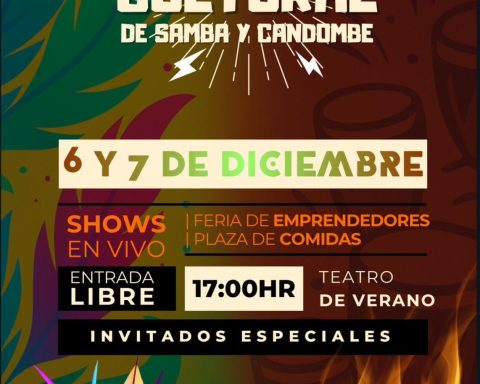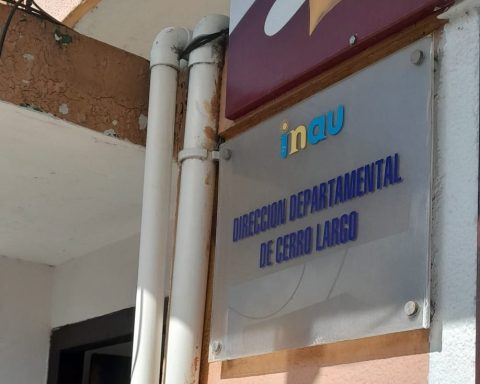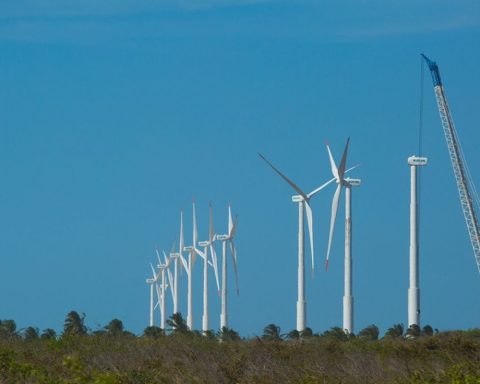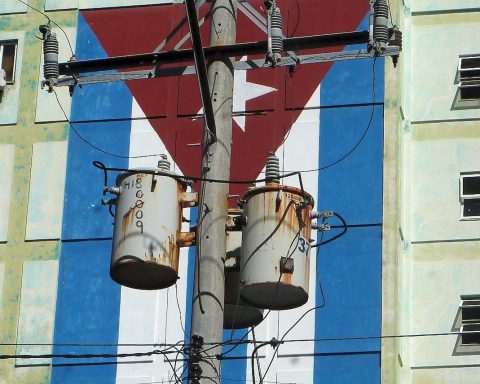Uruguayans consumed more meat in the last completed annual exercisebased on data provided to The Observer from the National Meat Institute (INAC). In 2022 it advanced to 92.5 kilos per inhabitant per yearexceeding the previous year’s record by 1.3 kilos.
He Estimated total consumption of meat protein in the past year is at the highest level since 2017when it reached 93.8 kilos.

Camilo dos Santos
Bovine or pork chorizos add up to the accounts.
The progress measured in 2022 is the product of a higher demand for pork, poultry and sheep meat, partially offset by a decline in demand for beefwas explained.
Since 2018, a consecutive decrease in meat consumption has been observed, a situation that is reversed in 2021 and 2022, years in which an accumulated increase of 5.2 kilos is observed.

UVC
Entrecote, in a neighborhood butcher shop.
the cow leads
The consumption of bovine meat reached 45.1 kilos per inhabitant per year in 2022, producing a decrease compared to the previous year, of 0.9 kilos.
The fall is pronounced if one considers the consumption of 54.6 kilos of beef per inhabitant per year in 2017 to the current 45.1 kilos, a drop of 9.5 kilos.
The second most consumed meat in Uruguay is avian, which maintained an upward trajectory in the last three years, with the most pronounced growth being observed in 2021 (2.9 kg/inhab/year). In 2022 the increase was 0.8 kilos.

piqsels
The increase in poultry meat consumption is constant.
After registering a drop in the consumption of pork in 2020, in 2021 and 2022 an upward trajectory is observed with increases of 1.0 and 1.2 kg/inhab/year, respectively.
Regarding the consumption of sheep meat, in the year 2022 there is an expansion. The magnitude of the increase is explained both by an increase in the volume of national origin and its main component (farm slaughter).

Yearbook 2022 – INAC – Analysis of variables in the meat sector
structural change
Considering the evolution of the proportion of each type of meat consumed, there is a downward trend in the consumption of meat from ruminants and, consequently, a growth in the participation of monogastric meat consumption. Beef and sheep meat together go from representing 62% in 2015 to 51% in 2022. For their part, poultry and pork meat evolve from 39% to 47% in the same period.
The data
As domestic consumption increased over the past year, meat was the main export item and that is sustained in 2023with an income of US$ 534 million in the initial quarter considering bovine, ovine, equine and other meats, completing the podium with the income from pulp exports with US$ 508 million and those achieved by dairy products with US$ 215 million, the contribution for the placement of grains being more relegated.

Analia Pereira
Beef.















